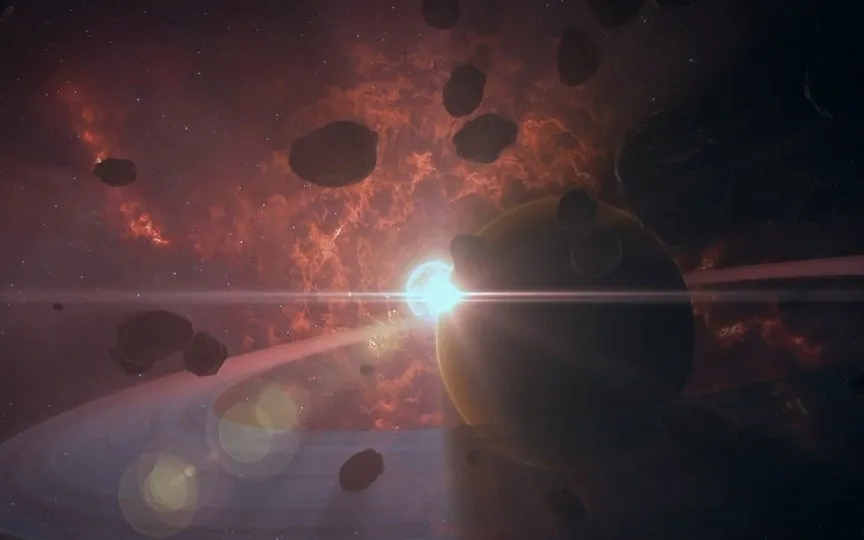Asteroid Alert! 74-Foot Space Rock to Zip by Earth Today!
NASA describes asteroids as ancient celestial objects that originated during the early stages of the solar system’s formation approximately 4.6 billion years ago. To investigate and comprehend these cosmic remnants, NASA employs a collection of cutting-edge telescopes located both on the ground and in space. This enables them not only to monitor and examine these asteroids but also to reduce uncertainties regarding their near encounters with Earth. Utilizing their advanced technology, the space agency has provided insights into an asteroid that is anticipated to pass by our planet on November 22, today.
Asteroid 2023 WJ1: Close approach data
According to CNEOS (Center for Near-Earth Object Studies), the asteroid, which has been named Asteroid 2023 WJ1, is heading towards Earth and is predicted to pass Earth at a distance of 4.5 million kilometers. This earth-like space rock orbits the Sun at a dizzying speed of about 17,792 kilometers per hour. It is important to note that although it has been called a near-Earth asteroid due to its close flyby distance, it is not expected to actually impact the planet.
NASA has revealed that asteroid 2023 WJ1 belongs to the group of Aten asteroids, which are near-Earth asteroids (NEAs) passing through Earth with semimajor axes smaller than Earth’s. They are named after the asteroid 2062 Ate, and the first of their kind was discovered by American astronomer Eleanor Helin at the Palomar Observatory on January 7, 1976.
How big is the asteroid?
NASA has not designated a potentially hazardous asteroid. Only celestial bodies longer than 492 feet that pass Earth closer than 7.5 million kilometers are defined as such, and asteroid 2023 WJ1 does not meet one of those requirements. Asteroid 2023 WJ1 measures nearly 74 feet across, making it almost the size of an airplane.
Interestingly, this is not the first close-to-Earth approach of Asteroid 2023 WJ1. The first time it passed the Earth was on November 2, 1907, when it flew past the planet at a distance of almost 28 million kilometers. After today, it is not expected to approach the planet for nearly 16 years. The next time it will pass the Earth is on January 11, 2039, when it is expected to come as close as 32 million kilometers.




